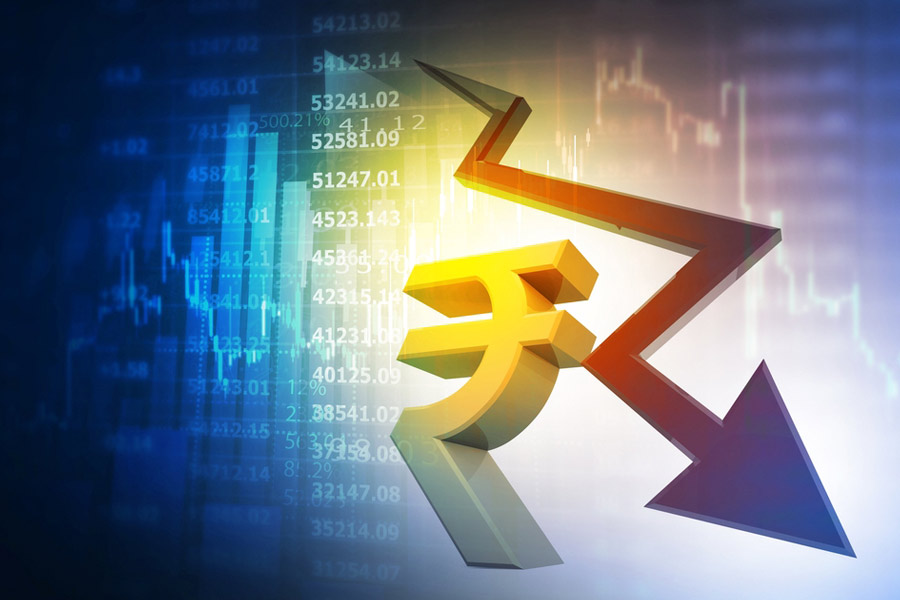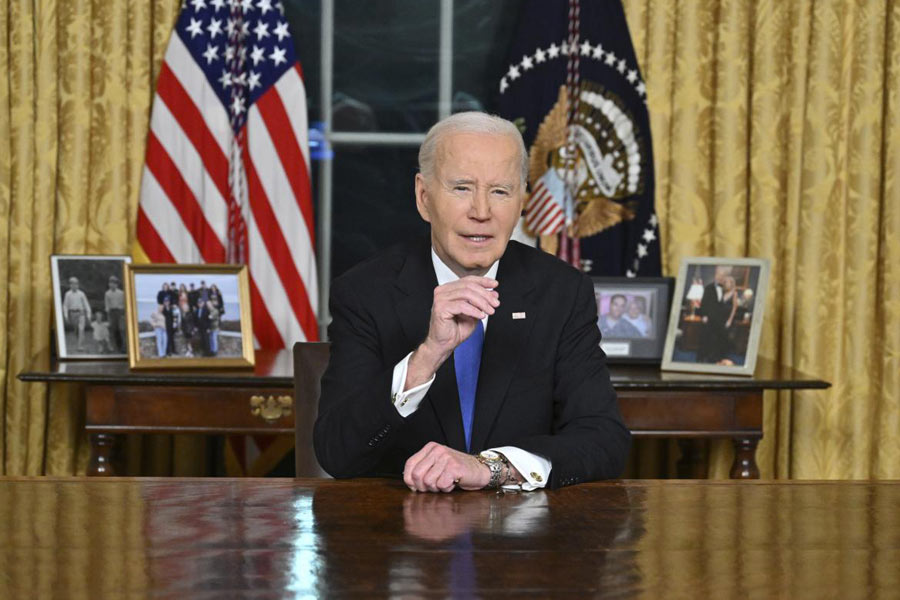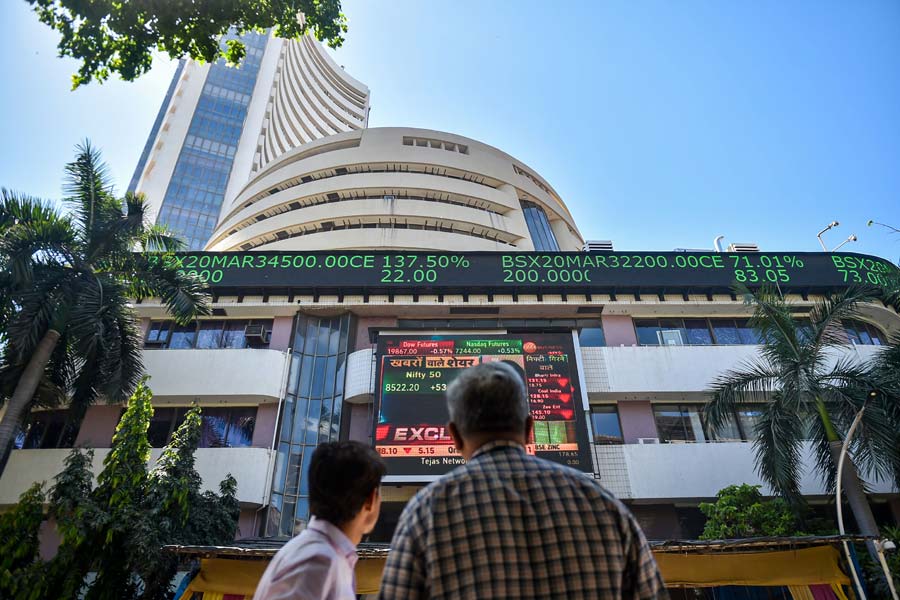The rupee has been falling like a knife – and several economists now believe that it can rip up hopes of an interest rate cut by the Reserve Bank of India in February.
The pundits have been prophesying that at its next meeting in early February, the six-member monetary policy committee will cut the policy repo rate for the first time since May 2020 in an effort to crank up a sputtering economy. Most economists expect the cuts to be shallow with a 50 basis point reduction forecast in the first half of the calendar year as inflation starts to cool.
But a tumbling rupee may have just skewered those hopes. However, on Wednesday, the Indian currency rebounded to close at 86.36 after falling to a lifetime low in the prior session, to log its best day in over seven months.
A Reuters report said a majority of analysts polled by it in November had expected the rates to be reduced in February at the earliest. But many are beginning to have doubts because the falling rupee is increasing the costs of imports which will feed into retail inflation which came down in December to 5.22 per cent.
Standard Chartered said in a note that it was pushing back the call for 50 basis points of repo rate cuts to April-June from February-April due to external sector volatility among others.
A depreciating rupee coupled with rising crude oil prices can have inflationary effects as India imports more than 80 per cent of its oil requirements. Benchmark Brent crude (March delivery) was trading above the $80 per barrel mark at $80.08 a barrel at the time of this report. At current levels, it has risen nearly 8 per cent in the past three months.
For the RBI, the rupee’s fall has also come at a time when the Fed has indicated that it would slow down the pace of interest rate cuts. This has led to investors betting on US bonds, leading to a firming up of yields. This has prompted FIIs to dump domestic debt.
According to NSDL data, while FIIs have sold equities worth $ 4.14 billion so far this calendar year, the amount of outflows in debt stood at $ 850 million. This would indicate that the overseas investors are selling debt too which could put further pressure on the domestic currency. A note from Nomura said that Asian central banks face a dilemma of the “impossible trinity”.
“Amid the broad dollar strength, should they let their currencies weaken and cut policy rates to support waning growth, or should policy focus on inflation risks and financial stability spillover,” it asked.
However, there are some experts who disagree and aver that given the muted domestic demand, the RBI is unlikely to use interest rates as a tool to buoy the rupee.
“India is largely domestic-demand driven, attracts more growth-sensitive foreign capital, has less currency-induced inflation pass-through and ample foreign exchange (FX) reserves. Therefore, a mix of some FX intervention to smooth the pace and allow the currency to weaken is likely. Allowing some depreciation would be a prudent move. We don’t expect the RBI to use policy rates to defend the currency, as domestic demand is already weak due to restrictive monetary policy,” Nomura said in a note.
Its economists expect the RBI to go ahead with an interest rate cut in February, despite the currency weakness, and expect the repo to go down by 100 basis points in 2025.
“Depreciation of the rupee raises the cost of raw materials, components, and other inputs priced in dollars, offsetting the competitive advantage exporters gain from a weaker currency,” Sanjay Budhia, chairman of the CII National Committee on EXIM, said.
“Exporters who hedge their currency exposure through forward contracts face an even tougher situation. While their realization remains unchanged, input costs rise, leaving them at a disadvantage,” Budhia added.
Shilan Shah, deputy chief of emerging markets economist, CapitalEconomics, said “the movements in the rupee appear to have been bigger under the new RBI governor Sanjay Malhotra than they were under his predecessor, raising the question of whether the central bank has subtly shifted its FX strategy to a more market-driven approach under the new management. It’s too early to tell yet, but if that is the case it would mean the rupee depreciates by more than we currently expect over the coming months.”
“Overall, India’s import bill will increase by about $15 billion due to the rupee depreciation,” said GTRI founder Ajay Srivastava.
The most significant impact will be felt in industrial goods imports, valued at $100 billion annually, largely sourced from China.
With inputs from Delhi Bureau










